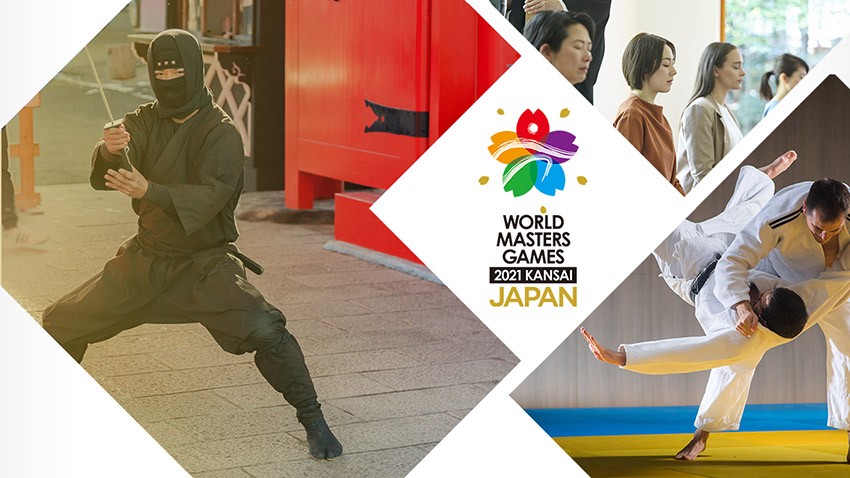
Judo and karate are two of the martial arts disciplines of「WORLD MASTERS GAMES (WMG) 2021 KANSAI 」, which is an international multi-sports event allowing anyone above age 30 to participate. Judo and karate are martial arts which eventually developed into sports closely associated with Japanese culture. This time, we would like to introduce some places that evoke a connection with judo and karate in Tottori and Kyoto, which are the WMG event venues for these two sports.

Tottori: Connecting Essence of Judo and Japanese Culture

Tottori will host the judo, a martial art originated in Japan which was developed based on jujutsu. Besides physical techniques, judo also puts emphasis on its philosophy of “seiroku zen’yo” (maximum efficiency, minimum effort) and “jita kyoei” (mutual welfare and benefit) as a Japanese martial art strengthening its practitioner physically and mentally.
Japanese martial arts have always incorporated meditation as a way to focus concentration to effectively overcome the enemy. Judo practice is no exception in being related to mental concentration.

Daisenji Temple, which celebrated its 1,300th anniversary last year is a place that exudes a quintessentially Japanese atmosphere. It is located on the slopes of Mount Daisen which resembles Mount Fuji when seen from one side, and is also called Hoki Fuji (Hoki is the former name of the province that became Tottori). Daisen was worshipped as a sacred mountain since ancient times and “yamabushi” (mountain ascetics) trained their mind and body and at Daisenji. The main hall was rebuilt in 1951 after being destroyed by a fire. That said, it still is an awe-inspiring spiritual place. It is possible to take part in Zen meditation with a reservation, which allows you to experience the tranquility of mind which is one of the essences of Buddhism and Shugendo (Japanese folk religion of mountain worship).
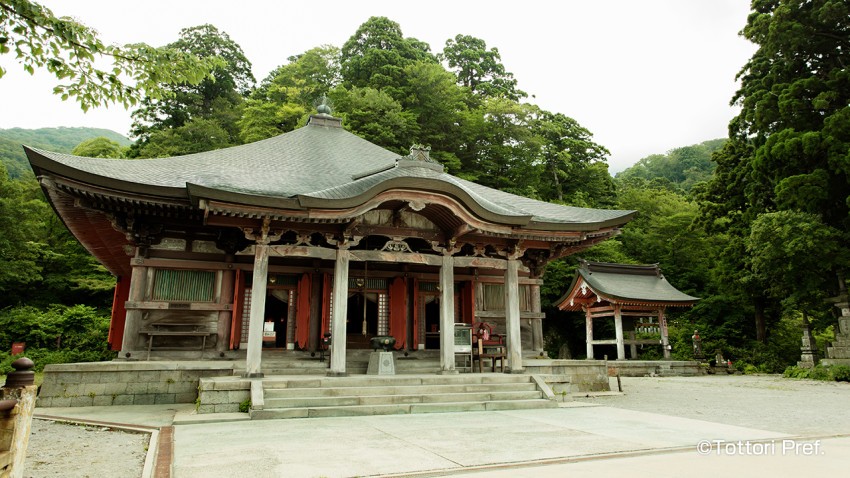
Enshrined in the main hall is a statue of Jizo Bosatsu, which is believed to have the ability to cure sickness in any part of the body. If you have any concerns about your fitness, it might be worth a visit here before your event starts!
If you are not on a tight schedule, we recommend the trail from Daisenji Temple to Ogamiyama Shrine Inner Shrine, connected by a 700-meter stone-flagged path, the longest in Japan. WMG2021 is held during late spring, so it will be refreshing walking along the path surrounded with greenery. And who knows, it might also help you to focus for the Games.
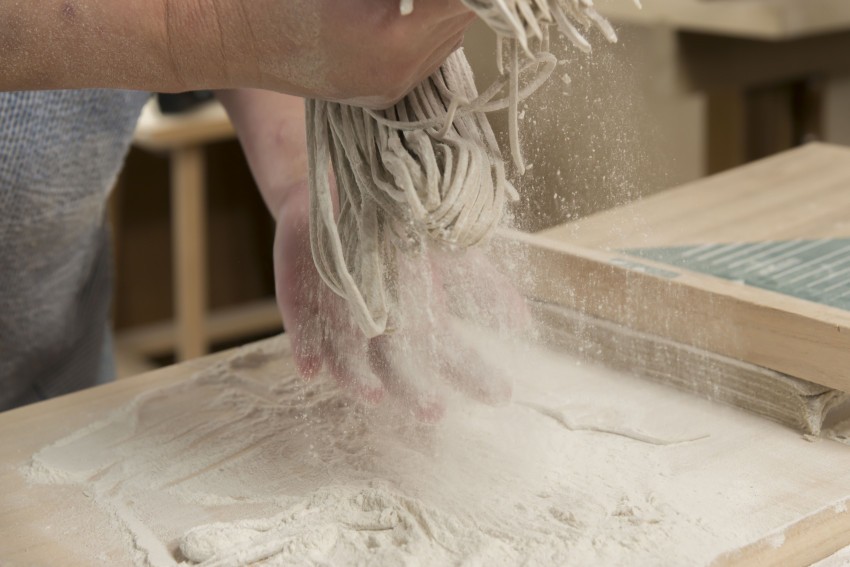
If you want to experience the local taste of Tottori, you should try Daisen Soba. Soba noodles have been made here for centuries from buckwheat grown on the foot slopes of Mount Daisen and a certification system has been implemented recently for authentic Daisen Soba. Each recognized restaurant goes to great lengths to perfect the dashi (broth) to make the best Daisen Soba. Toppings used include grated yam, wild plants, and preserved honey mushrooms. Do try Daisen Soba with various toppings and find your favorite!
The Best Way to Experience Japanese Culture in Kyoto

Karate originated in Okinawa and was developed from the martial arts of the indigenous people of the once independent Ryukyu Kingdom. Originally passed down verbally as a form of self-defense, it was systematically taught in schools and spread all over the nation after Okinawans moving in search of work brought it to the rest of the Japanese archipelago. The martial art was then taken overseas by American soldiers during post-war period.
In Kyoto, the venue for the karate competition, there are many temples and shrines and other historical buildings whose appearance has remained almost unchanged since they were built, so you can feel the atmosphere of the Japan of bygone eras just by walking the streets. Some temples offer meditation sessions just as Daisenji Temple in Tottori does, so those who are interested should consider including this in their itinerary.

Toei Kyoto Studio Park is one of the best places in Kyoto to immerse yourself in Japan of old. It is a theme park based on period drama sets, easily accessible from Kyoto Station. Visitors can experience the streets of Edo Period in the days of the samurais. On some days actual sets are open for the public to watch filming. Besides, there is also a Ninja Mystery House where you can get a sense of what it was like to be a ninja. It is also a great photo spot as you can rent costumes to walk around the “town” dressed in kimono or samurai armor.
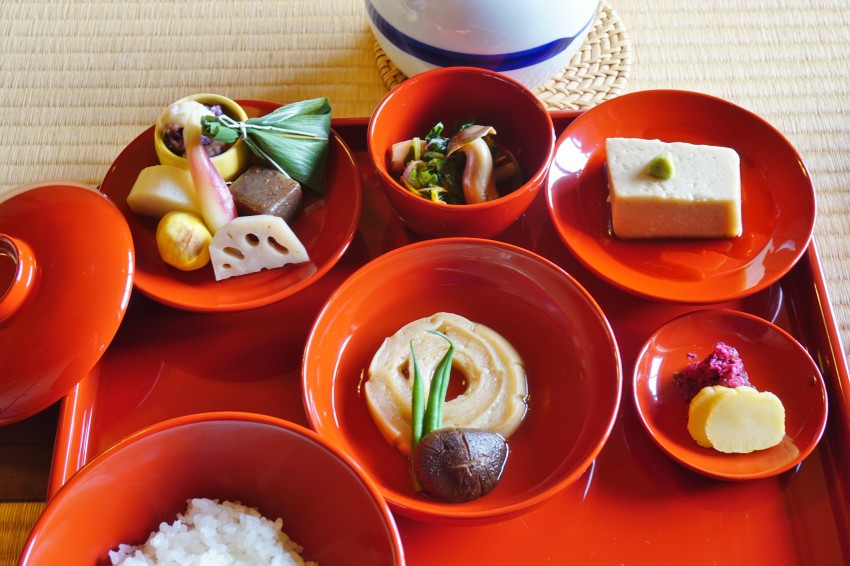
One element of Japanese cuisine closely associated with Kyoto is shojin ryori (traditional Buddhist monks’ fare). It is completely vegetarian and is increasingly popular among Japanese as more people become aware of the need for healthy eating. In addition to Japanese restaurants in the city, you can also find temples that serve visitors shojin ryori.
A Journey to Explore the Philosophical Roots of Japanese Martial Arts in Their WMG Event Venues
WMG is a great chance to experience martial arts as sports inTottori and Kyoto. Enjoy sightseeing and the local food at the venue of your favorite sports event!
Please visit the official English homepage for more detailed information.👉https://wmg2021.jp/en/
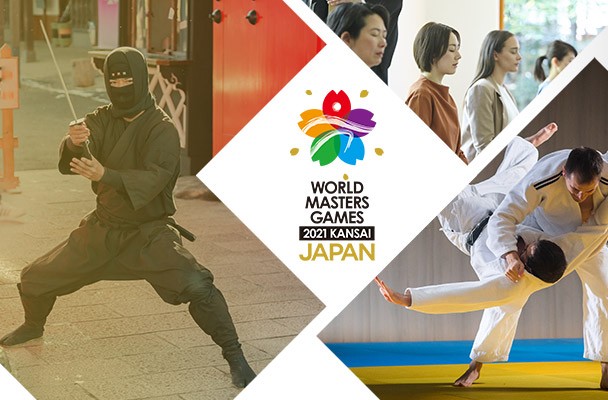
Comments